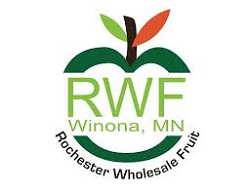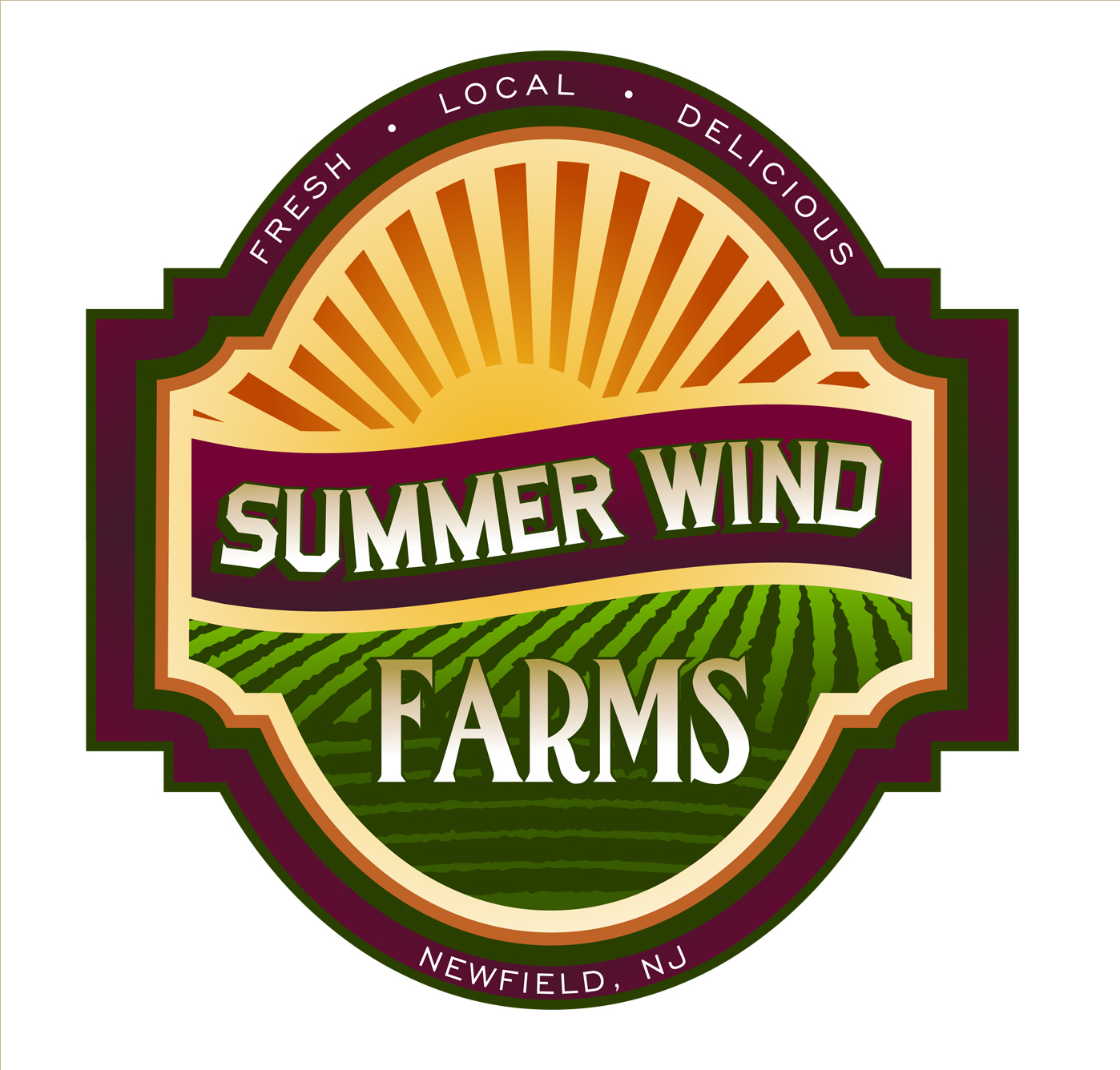As the threat of new tariffs looms, grocery retailers across the U.S. are preparing for potential supply chain and pricing disruptions, but some could be more vulnerable than others.
Amanda Oren, vice president of industry strategy for grocery, North America, of RELEX Solutions, explained why independent and ethnic grocers could bear the brunt of the financial strain.
A former grocery executive who now advises leading regional chains such as Vallarta Supermarkets and El Rio Grande, Oren is tracking how looming tariffs could hit these community anchors hardest. She's hearing growing concerns around pricing pressure, supply access and inventory availability.
Oren likened tariffs to a food tax due to higher consumer prices.
“They function as a food tax because they're being passed on to the consumer, mostly in the form of higher prices, making them very similar to a food tax,” she said. “People have the impression that [tariffs] are only impacting international suppliers, but that's very much not the case. Because domestic suppliers often import ingredients, they're impacting all food at this point.”
Independent and ethnic grocers are particularly vulnerable due to their reliance on international suppliers. Both will be vulnerable, Oren said, but in different ways.
“The ethnic grocers are sourcing a lot more from international than from domestic, because a lot of the ethnic products are supplied from international suppliers, so that is a huge impact for them,” she said.
“For the independents, I think they're somewhat impacted because it's harder for them to pivot,” Oren said. “One of the strategies being used by the larger grocers is trying to potentially move toward more private label products — but the independents can't do that as quickly or at all, depending on their size.”
One way retailers are adapting is by exploring private label products and diversifying sourcing, Oren said, though domestic sourcing isn't always cost-effective.
“I think they're starting to explore the idea of private label and trying to see what that looks like, because they also have more control over the sourcing for those ingredients and such,” she said. “Another thing is, in terms of sourcing, they're trying to diversify their sourcing strategy, with a focus on trying to see if it makes sense to source more domestically. There are times when it just doesn't fit — the numbers don't pan out. Even with the tariffs in place, it's still cheaper to buy bananas from Guatemala, for example, than domestically.”
Inventory management strategies could include stocking fewer perishable items and mitigating shortages and price spikes, Oren said.
“On the inventory management side, grocers are definitely trying to hedge their bets and stock up on the less perishable items, while also trying to mitigate,” she said. “So they're trying to manage mitigating shortages and price spikes, but they're also obviously trying to manage shelf life and shrink. So those are the things they're kind of balancing from an inventory perspective.”
Looking forward to the rest of 2025, Oren said transparency is crucial for consumer trust, with grocers documenting tariff impacts. The unpredictable nature of tariff changes is causing a pause in major decisions.

“I think a big thing is transparency; to try to build that trust and gain that trust, and keep that trust, maintain it with customers,” she said. “So I've seen some interesting ways of documenting tariffs, on prices, on receipts, on their websites, on their e-commerce sites, just trying to say, ‘The price of rice has gone up, and it's sort of across the board, and here's why.' Having that sort of trust is enabled through building communication lines with customers.
“But when we look at tariffs and changes for the rest of 2025, every week is a new communication from the government around what things are looking like,” Oren continued. “So I think a lot of grocers and suppliers are kind of in a pause moment right now. Everyone's kind of not sure where things are headed. The pace of change is so much faster than I've ever seen it. So I think there's a lot of hurry up and wait right now, I think a lot of grocers are hesitant to make too many massive moves around stockpiling inventory and such, or investing in private label in more meaningful ways, until they see where things shake out, because the dust is going to settle, and then we're going to know more about how much of what's happened over the last few months is here to stay.”
When it comes to tariffs, Oren said some categories are being hit harder than others. For produce, specifically, she said fruits will be more impacted than vegetables.
“I think on the produce side, it'll be fruit more than vegetables, from what I've seen and heard,” she said. “And I haven't seen a huge spike yet, either, but I think there's been a lot of resourcing going on, very honestly, because there are generally a decent amount of supply for most commodities in the U.S. I also think this is one where a lot of grocers are just trying to hold price and wait and see if this is a long-term issue or a shorter-term issue.
“The other issue that we haven't talked about, that I think is weirdly important as well, is that it's not just the sourcing of ingredients that's being impacted for suppliers,” Oren added. “It's also the sourcing of manufacturing equipment and such. And I think that is an area where there's likely to be pretty significant tariffs for the longer term. And so that's going to be interesting to see how, as supplier costs go up, how much of that do they try to eat versus pass on to the grocer, and then how much of that gets passed on to the consumer.”














